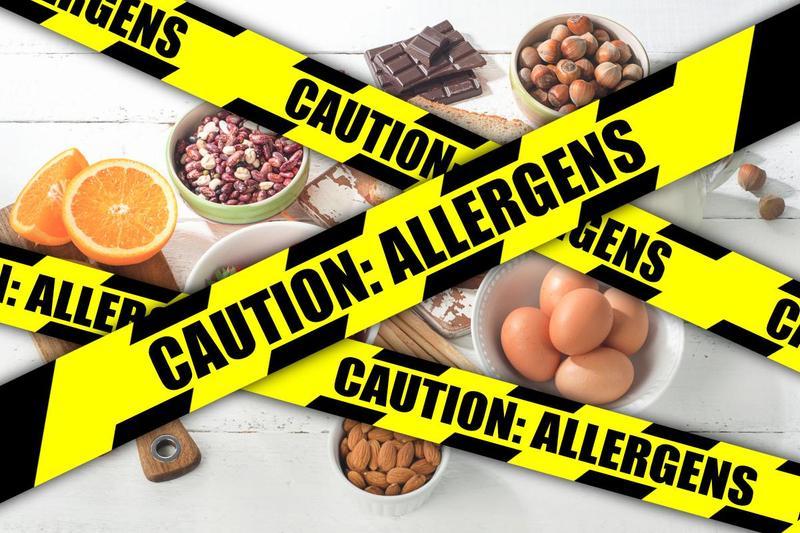Food allergy: what it is and how to reduce it
Food allergy: what it is and how to reduce it
Over 50 million Americans suffer from some type of allergy. You might know one of those people or are one yourself. To keep yourself and your children safe, you need to know some essential factors about food allergies and what foods you should avoid.
What is a food allergy?
It is your body's immune response to food proteins. Nevertheless, allergies can be caused not only by pure protein products but also by any other food.
Allergy symptoms can include:
- Rash
- Redness
- Edema
- Itching
- Upset stomach
- Diarrhea
- Abdominal pain
- Irritation of the mucous membrane
- Asthma
How can you reduce allergies?
To avoid the development of allergies, you must first of all stick to a diet. Meals should be as balanced and safe as possible. Try to determine which foods you can eat and which ones you should avoid.
It is necessary to eliminate those products for which you have an individual intolerance.
What foods you can typically eat:
- Meat: boiled beef, white chicken, and turkey meat;
- Vegetarian soups made from approved foods;
- Vegetable oil: olive, sunflower;
- Porridge: rice, buckwheat, oatmeal;
- Lactic acid products: you can use cottage cheese, and yogurt without additives;
- Pickled cheese (feta cheese);
- Vegetables: cucumbers, cabbage, leafy greens, potatoes, green peas;
- Fruits: green apples and pears;
- Tea without additives;
- Dried white bread, unleavened flat cakes.
Keep in mind that the list of permitted foods, like the list of prohibited ones, may differ depending on individual factors, and the ultimate version of the diet should be made by your allergist.
We also recommend you keep a food diary so that you can better understand your body. It will be much more convenient for you to analyze the situation, gradually implement new food and observe your reaction. A food diary will help you when meeting with an allergist, where an experienced doctor can draw appropriate conclusions, based on your notes, and prescribe the most effective treatment for you.
A Summary of What to Do:
- Read food labels and be aware of cross-contamination.
- Learn all you can about food products.
- Learn the different names for the food you are allergic to that may appear on food labels. Inspect the list of ingredients on everything you eat. Dressings, sauces, processed deli meats, soup broth, and even frosting can have unexpected allergens in them.
- Talk to your family members about getting foods you're allergic to out of your home so there's no risk of cross-contamination.
- Avoid foods you didn't make yourself if you're not sure of the ingredients.
- Carry a personalized "chef card." This card describes your allergies and helps kitchen staff understand how to prepare a safe meal for you. If the manager or owner of a restaurant seems uncomfortable about your request for safe food preparation, avoid eating there.
- When eating at restaurants, avoid fried foods. Many places cook multiple foods in the same oil.
- Don't eat at buffets or salad bars. They can be risky because people can move serving spoons and other utensils from one food to another.
- Be careful in bakeries, ice cream parlors, or candy shops. The risk of cross-contamination from shared scoops or machinery is high.
- Watch out for non-food items where foods may be a hidden ingredient — such as bird food, pet food, mouse or ant traps, nutritional supplements, and cosmetics.
- If your doctor prescribes epinephrine, always carry it with you. Keep your prescription up to date.
Knowing these tips can help you reduce food allergies. Your health and wellbeing come first!
Be the first to post a message!
